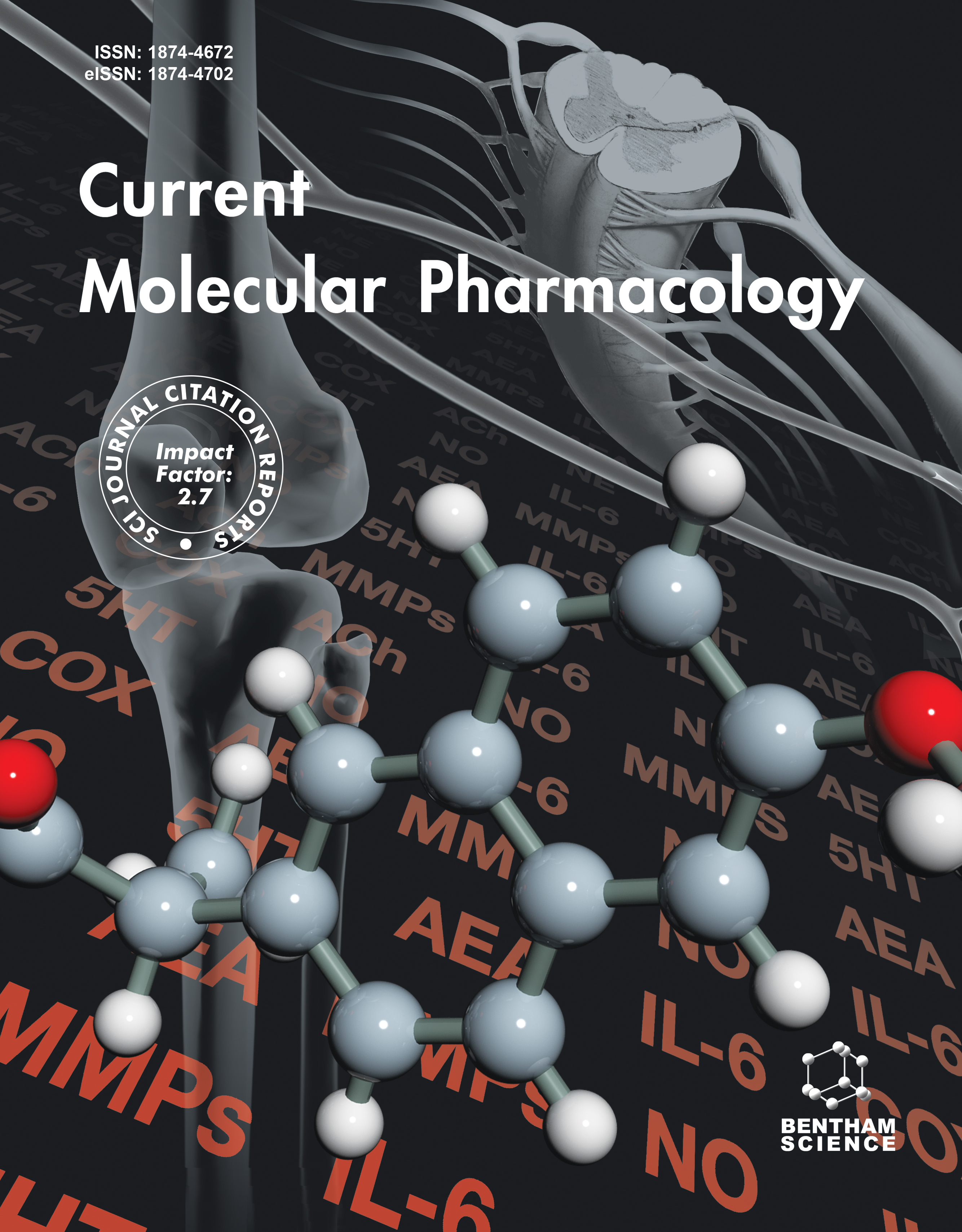-
oa Antiarrhythmic Potential of Epicardial Botulinum Toxin Injection for Suppression of Postoperative Atrial Fibrillation
- Source: Current Molecular Pharmacology, Volume 17, Issue 1, Jan 2024, e200623218118
-
- 06 Feb 2023
- 24 May 2023
- 01 Aug 2023
Abstract
Following heart surgery, postoperative atrial fibrillation (AF) is the most prevalent kind of secondary AF and the most frequent adverse event. Postoperative AF is related to a number of unfavorable cardiac outcomes, such as heart failure, stroke, and death. However, the pharmacological treatment for postoperative AF is only relatively efficient and is frequently linked to detrimental complications, including symptomatic bradycardia with atrioventricular block due to rate control drugs and elevated hemorrhage hazard attributable to the administration of anticoagulants. Ablation procedures also result in the irreversible damage of cardiac anatomic structures, which may have long-term negative implications on heart performance. As a result, there is an unmet demand for treatments that can minimize the incidence of postoperative AF in an effective and safe manner. Botulinum toxin is an established neurotoxin that has progressively gained use in every medical science domain. It hinders the propagation of impulses across nerve fibers without causing immediate damage to the cardiac tissue. The transient feature of botulinum toxin action and the eventual restoration of the autonomic nervous system transmission are undeniably advantageous and may render botulinum toxin a potential and feasible treatment approach for postoperative AF.


